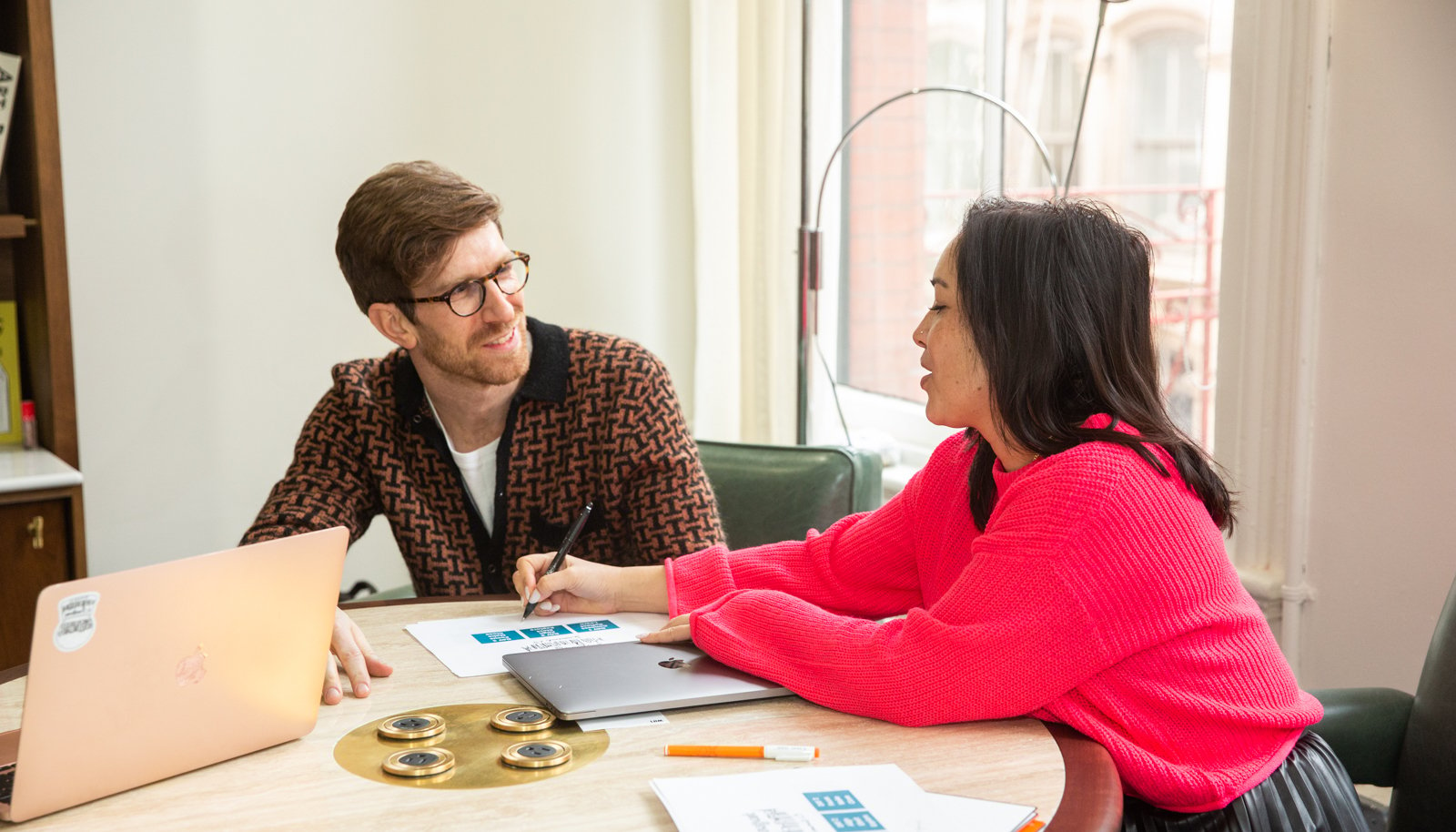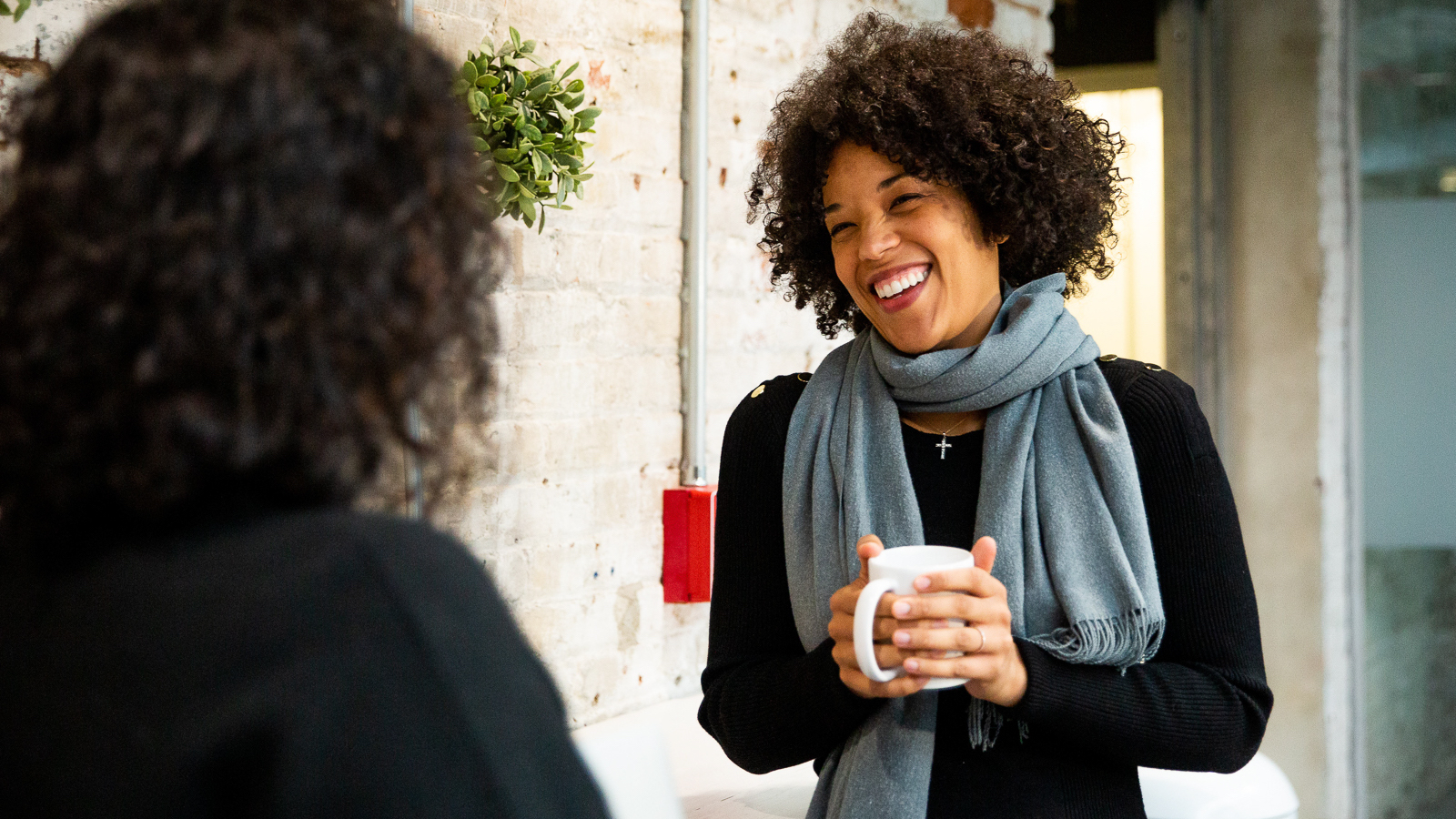Published July 12, 2021 | Updated July 12, 2021 | 4 minute read
I have to be honest. I've been struggling with decision-making fatigue. Many decisions that I had on autopilot, like taking my kids to daycare, traveling for family events, planning for meals, were back on the table at the start of the pandemic. And now, as the world begins to open up, I am once again up to my ears in decisions. I fantasize about a decision-making vacation, where nobody asks me to decide anything. Unfortunately, that isn't possible.
Research from a team at Cornell showed that humans make nearly 300 decisions a day on food alone, some conscious, some unconscious. Decisions are a huge part of our lives. And while it’s unlikely that we’ll ever be truly decision-free, we can find better ways to make decisions, ones that can benefit our personal lives and our organization's success.
Bain & Company found that decision effectiveness and financial results correlated at a 95% confidence level or higher for every country, industry, and company size in their sample. The companies that were most effective at decision-making generated average shareholder returns nearly six percentage points higher than those other firms. Six percent might seem like a small number, but when you're talking about revenues in the millions and billions, it's a big chunk of change.
There are a ton of books, articles, and podcasts on decision making. And across all of those, three levers emerge as consistent difference-makers: decide faster, decide in an inclusive way, and decide in public.
Faster. Many people want to make faster decisions, but often we believe it's not possible, especially for large, complex decisions. However, Eric Schmidt, the former CEO of Google, shows that we can make significant, complex decisions quickly. He shared it took ten days for Google to decide to purchase YouTube. Schmidt credits his decision-making approach to aviation and his experience learning how to fly airplanes. When he was learning how to fly, he learned that a quick decision is almost always better than just accepting the consequences of doing nothing.
People think they are not making a decision when they stall or kick the can down the road, but not making a decision is a decision; it's a decision to accept the consequences of doing nothing. Schmidt shows us the power of having a bias toward action in order to make faster, better decisions. At Google, he established a regular cadence of decision making meetings. Each week they held time to make the important decisions necessary to move the company forward. This bias toward action and a regular cadence of moving decisions forward can help us make faster decisions.
Inclusive. Often we talk about inclusive decision making and folks interpret it to mean include more people. We are working with a sales team that shared, in the spirit of inclusive decision making, they invited 110 people to a decision making call! Inclusivity gets a bad rap because we equate it to just adding more people to a meeting. Simply adding more folks does not equal being inclusive. An inclusive decision includes the expertise of team members who have the best data, those closest to the work, and folks whom decisions will impact. Inclusive decision making is about getting the best data on the table for consideration.
Reed Hastings, the CEO of Netflix shared recently the script for Stranger Things was being shopped around all the major networks, and it wasn't apparent that it would be a runaway hit. It was a quirky sci-fi thriller. And yet, a content manager said “yes” to Stranger Things, and now it's a huge success. This is just one example of what can happen when you create more inclusive, empowering decision making processes. As a company, Netflix is explicitly focused on empowering content managers to make decisions on what to put on Netflix. This means content managers can purchase content, even if Reed Hastings disagrees. So inclusive decision making is not just about more people-- it's about listening and empowering people closest to the work. Stranger Things is just one of many examples where, if you empower those closest to the work to make the call, the result is a better decision.
In Public. I want you to time travel back with me to Las Vegas, March 10, 2020. I'm at a sales conference with thousands of people. As we arrive, we begin to hear that a pandemic is starting. Suddenly, conference organizers need to start making decisions. The first decision was to keep the sales conference. We're still on, but we're going to have hand sanitizer. Then during the first day, a leader gets on stage and says, okay we gave you hand sanitizer, but we're also implementing a no touching, no handshaking policy, only elbow bumps. Then second day, the leader gets on stage and says we're no longer going to have these big social events, go to your sessions, then return to your room. Over the course of the week these kinds of decisions were made and shared on stage, in public, where all the attendees could hear them every few hours. By day 4, the decision was made to end the conference and send everyone home.
One of the frequent complaints we hear about decision making is that decisions happen behind smoke and mirrors, that folks have no line of sight into how decisions are made. It's incredibly disempowering. But this conference example shows that, if you can make decisions, even complex and tough decisions, in public you can increase receptiveness and empower people to execute on the decision. Instead of working in secrecy and coming up with a decision that you think is airtight, and then sharing it out, I would encourage all of us to take the work of decision-making and make it more public. Jump into your communication channels and say we're working on this decision and signal early and often when decisions are being made.
There's a saying that we use at August, and with a lot of the clients that we work with, "If it's not written down, it isn't decided." In public decision making is not just writing decisions down, but writing them down in a way that is shareable, that is accessible, that people can see. Write decisions down in a way that shares the context behind the decision, how you approached it, and the trade-offs you considered. When folks come to a barrier or a fork in the road, and they have to get creative about how to navigate it, they can look back at the intention behind the decision, they can look back at the context, and they can take that information and solve their problem with it in mind. It's about empowering people with the information they need to execute well on these decisions, instead of just issuing decisions and expecting compliance and everyone to follow a prescriptive order.
By making decisions faster, more inclusive, and in public, you can turn decisions from moments of pain and frustration into a competitive advantage.








